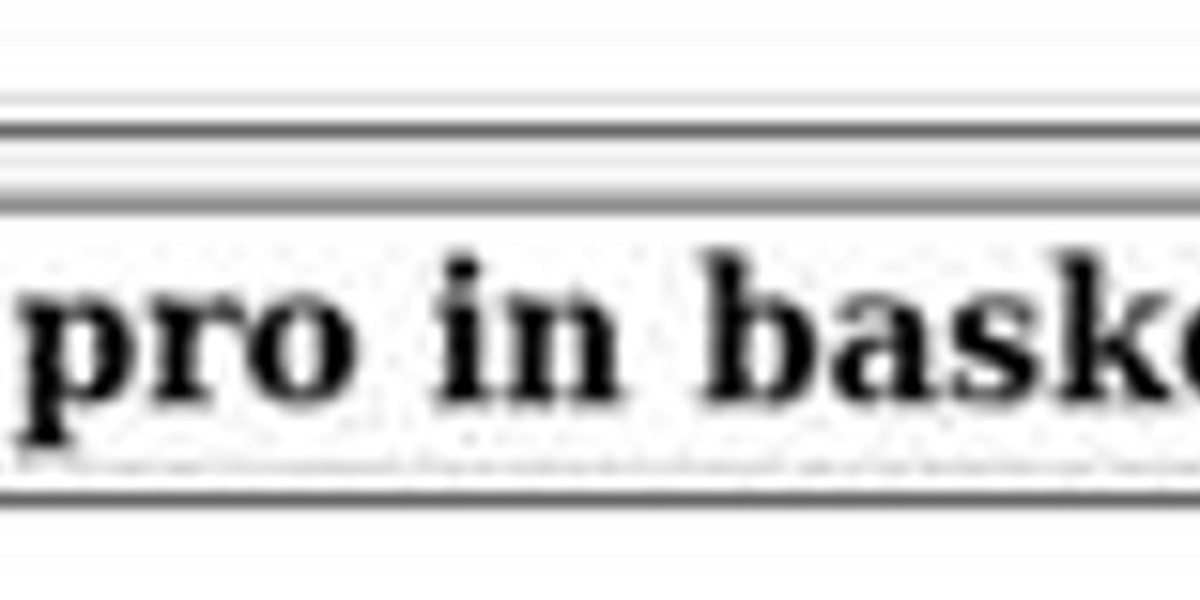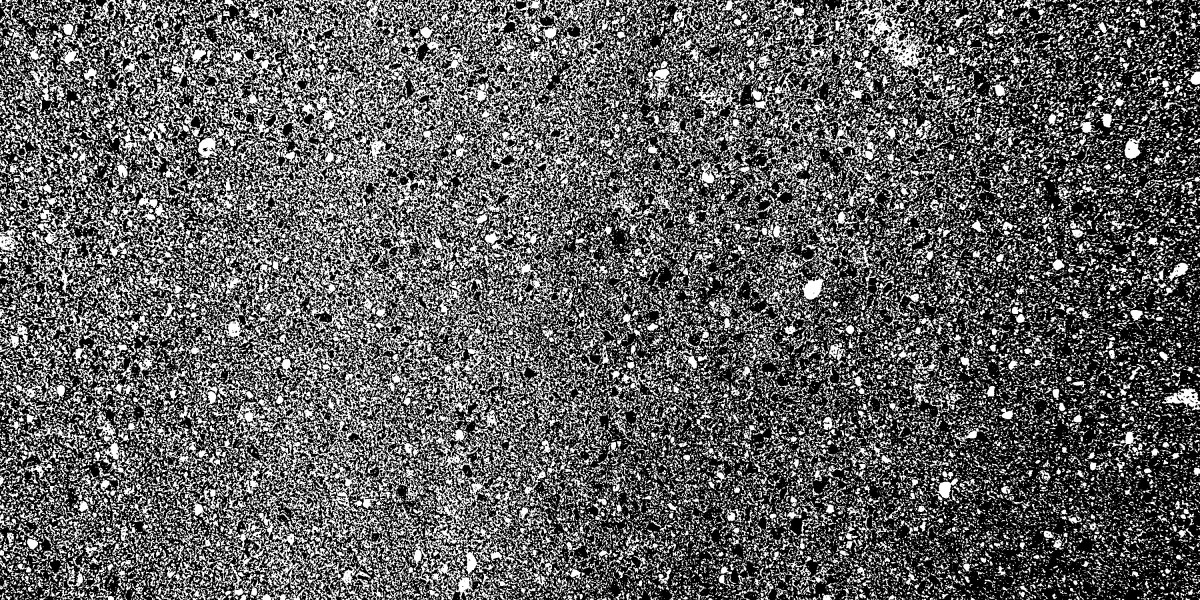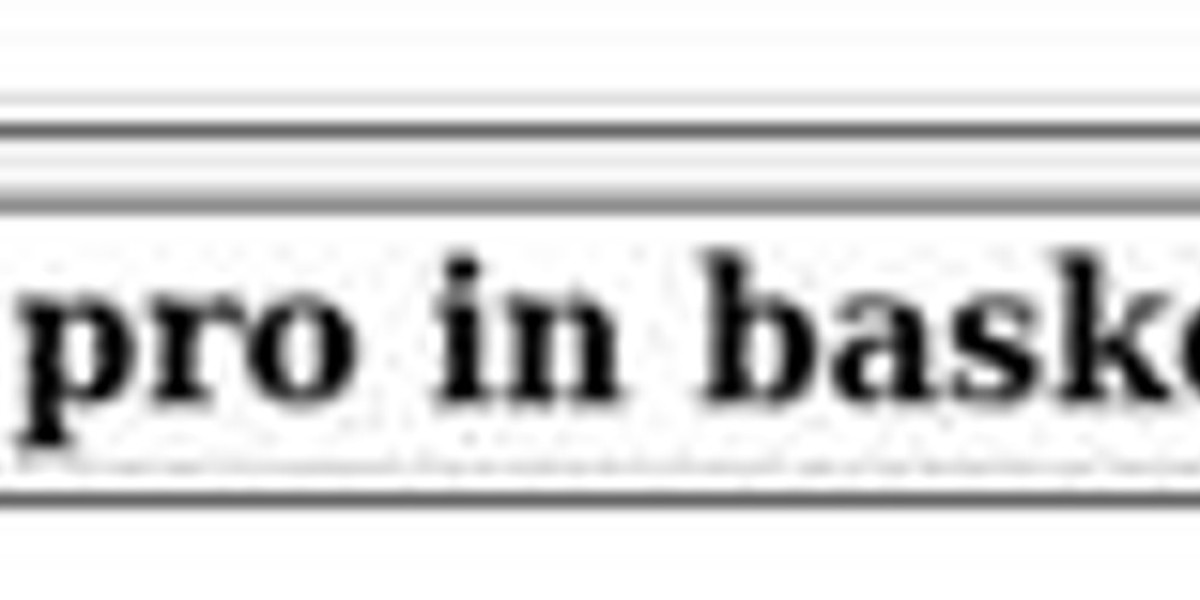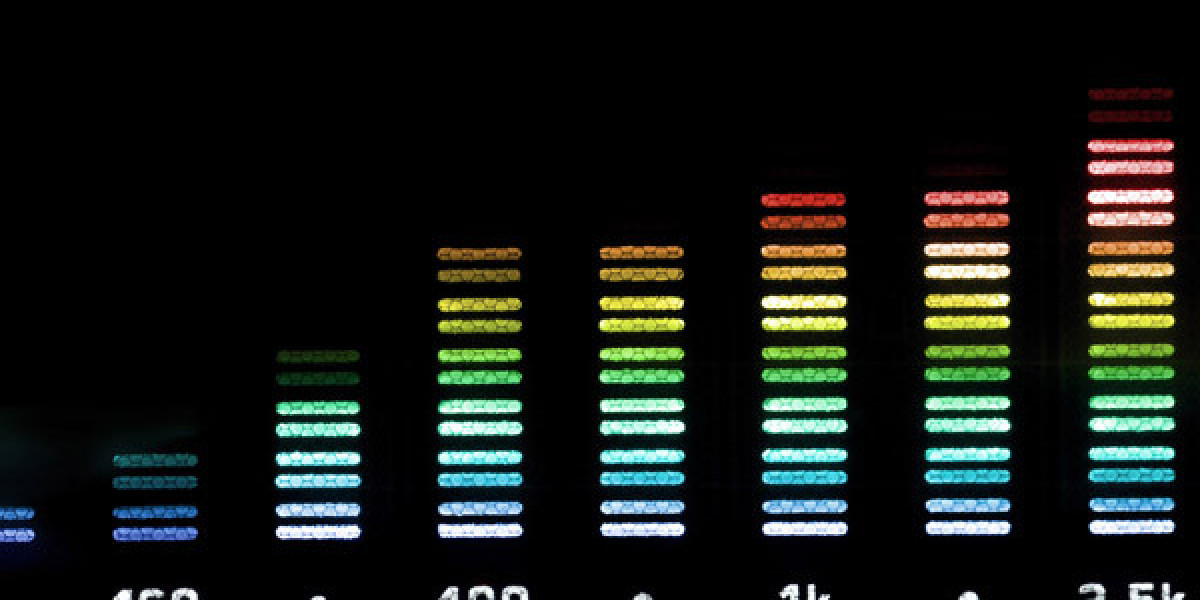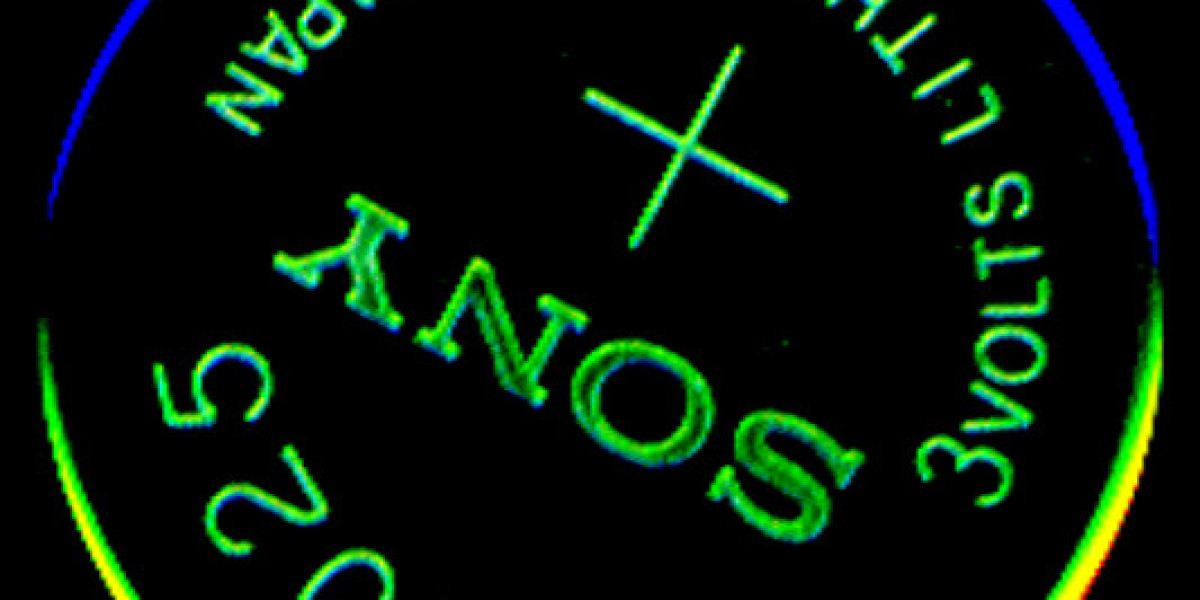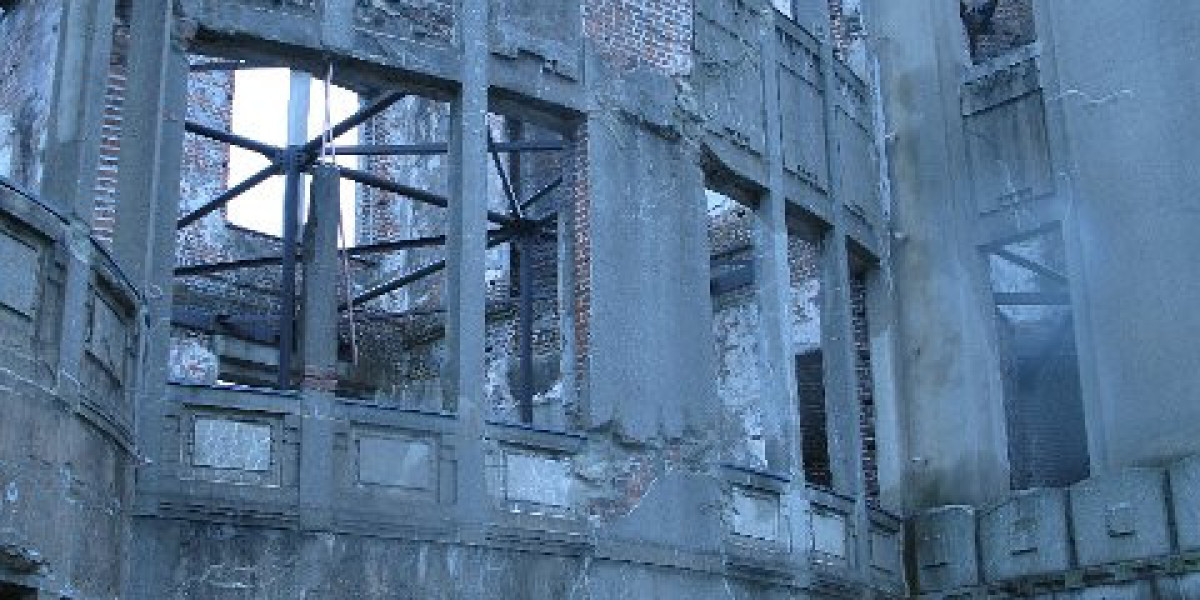KPV Peptide Benefits
The primary benefit of KPV peptide is its anti-inflammatory properties. By targeting specific receptors on inflammatory cells, it helps to downregulate the release of pro-inflammatory cytokines. This reduction in inflammation can translate into faster recovery times after intense workouts or injuries. For bodybuilders who push their muscles to the limit during training sessions, quicker recovery means more frequent and effective training cycles.
Another advantage is its potential role in reducing muscle soreness. Muscle soreness often limits an athlete’s ability to train at full intensity for consecutive days. KPV peptide may alleviate this discomfort by dampening inflammatory pathways that contribute to delayed onset muscle soreness. This effect can help athletes maintain consistent training schedules without compromising performance or risking overtraining.
Additionally, some research suggests that KPV peptide could support joint health. Repeated high-impact movements place stress on joints, and chronic inflammation in the joint tissues can lead to pain and reduced mobility. By modulating inflammatory responses, KPV peptide may protect cartilage and improve joint function, which is essential for maintaining proper biomechanics during heavy lifts.
What is KPV Peptide?
KPV is a short synthetic tripeptide composed of the amino acids lysine (K), proline (P), and valine (V). It was first identified as an endogenous inhibitor of inflammation in the body. The peptide acts by binding to specific receptors on immune cells, preventing them from initiating or sustaining inflammatory cascades. Because it is a small molecule, KPV can be delivered via injection or orally, depending on the formulation.
In bodybuilding contexts, KPV is typically administered through intramuscular injections or subcutaneous infusions. Some users incorporate it into their recovery protocols after heavy training days or during injury rehabilitation periods. The dosing schedules vary widely; common regimens involve a few milligrams per day for several weeks, followed by a tapering period.
The peptide’s safety profile has been evaluated in clinical trials focusing on inflammatory diseases, and no serious adverse effects have been reported at therapeutic doses. However, because bodybuilding usage often involves off-label or higher dosages, users should consult healthcare professionals before beginning any regimen.
Should I Wear a Brace After PRP Injections?
Platelet-rich plasma (PRP) injections are frequently used by athletes to accelerate tissue healing, particularly for tendon and ligament injuries. PRP delivers concentrated platelets that release growth factors essential for tissue regeneration. After receiving PRP injections, many bodybuilders wonder whether wearing a brace is necessary or beneficial.
Wearing a brace after PRP can provide several advantages. First, it offers mechanical support to the injured area, limiting excessive movement that could disrupt newly forming tissues. By keeping the joint or tendon in a stable position, the brace allows growth factors released by platelets to act without interference from repetitive stress. Second, a brace can reduce pain and swelling through compression, which may encourage earlier return to activity.
However, there are situations where wearing a brace might not be required. If the injury is minor, such as a mild strain or superficial sprain, and PRP was injected into an area that does not bear high loads during daily activities, a brace could be unnecessary. In these cases, gradual mobilization with controlled exercises may suffice.
The decision to use a brace should also consider the type of sport and www.24propertyinspain.com the specific training demands. For high-impact sports like weightlifting or sprinting, a brace can help prevent re-injury during the critical early healing phase. Conversely, for lower-intensity activities where joint stability is less of an issue, the added restriction from a brace might hinder functional recovery.
Ultimately, the best approach involves collaboration with a sports medicine professional or physiotherapist. They can assess the severity of the injury, evaluate how PRP has responded to treatment, and recommend whether a brace should be worn, for how long, and at what level of compression or support. By combining appropriate bracing with proper rehabilitation exercises, bodybuilders can optimize healing while minimizing downtime from training.

